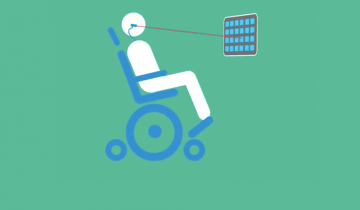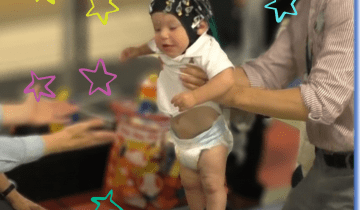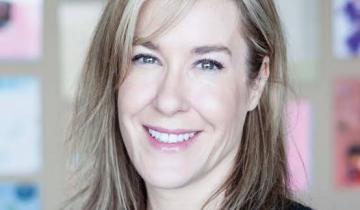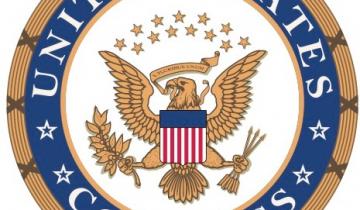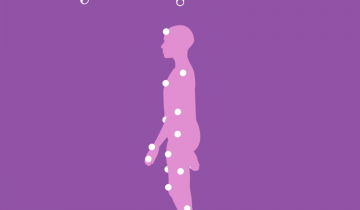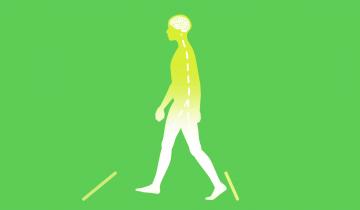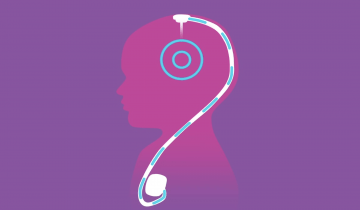My name is Tom Novacheck I'm a pediatric orthopedic surgeon at Gillette Children's Specialty Healthcare in St. Paul, Minnesota. I'm associate medical director at the hospital and professor of Orthopedics at the University of Minnesota. Cerebral palsy is a neurological condition, and as such, it affects the brain and we know that the brain is the main controller of movement and walking. In addition


